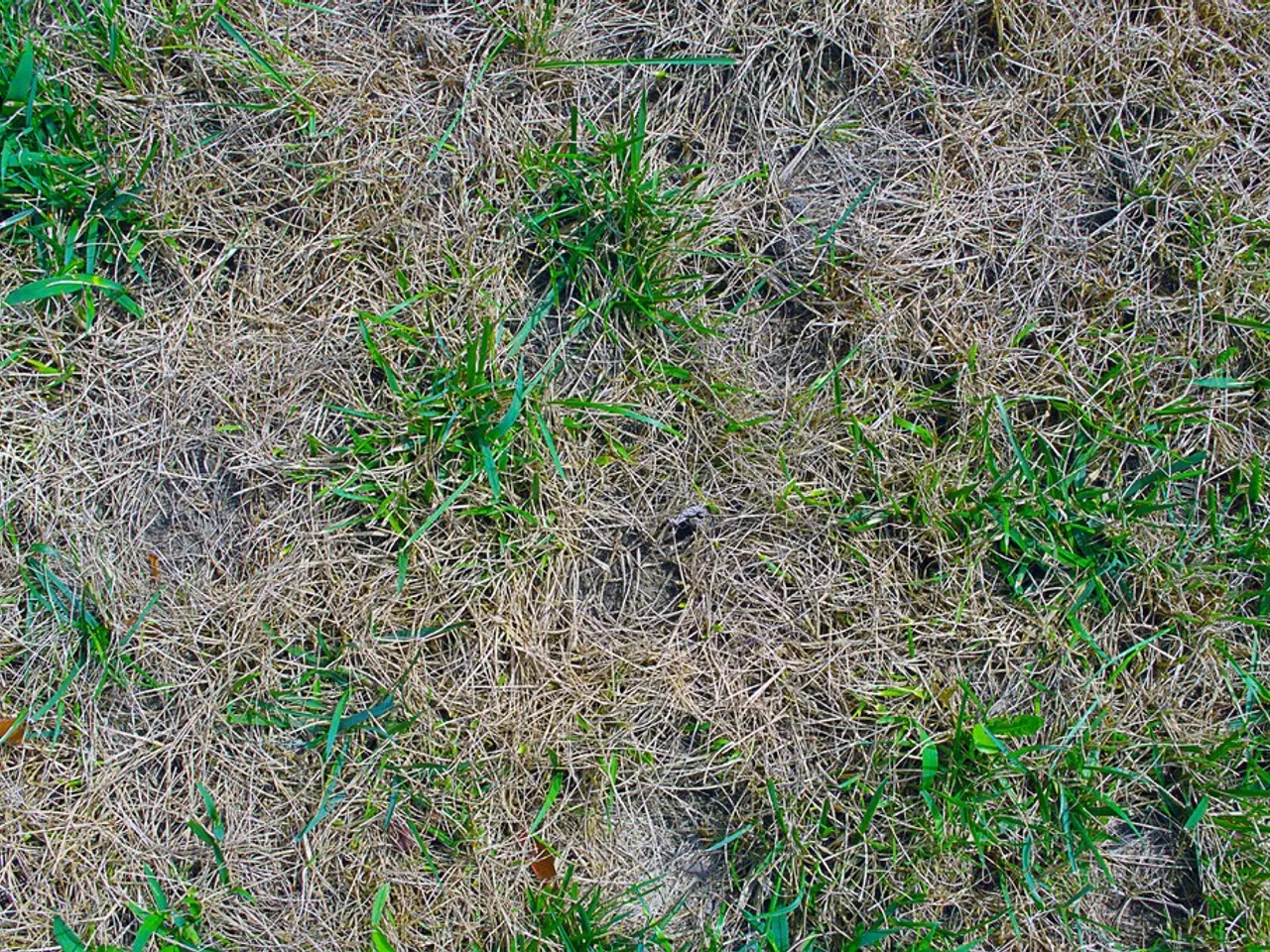Britain's indigenous livestock breeds hold the key to preserving our rural landscapes.
In the heart of the United Kingdom, a revolution in land management is underway, with native animals playing a crucial role in conservation grazing and biodiversity promotion. From the rugged cliffs of Cheddar Gorge to the tranquil wetlands of various nature reserves, these animals are helping to create and maintain diverse habitats that support a wide range of wildlife.
Sheep, if properly managed, are proving to be highly effective in conservation grazing. Some of the most suitable breeds for this purpose include the Hebridean, Manx Loaghtan, Shetland, Soay, Portland, Norfolk Horn, Whitefaced Woodland, and Herdwick. These breeds, each adapted to different types of terrain, are smaller, primitive, and manageable at low densities, making them ideal for conservation efforts.
The Hebridean, for instance, has been instrumental in creating 'wigeon lawns' for birds beside Rutland Water. The Manx Loaghtan, with its multi-horned and visually distinctive features, is helpful in managing vegetation in conservation grazing. The hardy Shetland breed is well-suited to biodiversity projects, while the agile Soay sheep is ideal for steep, rocky terrain.
Cattle are also making a significant contribution to conservation efforts. The Red Poll and Highland cattle, for example, are grazing wet meadows and grasslands at low stocking rates, promoting varied sward structures beneficial for insects, small mammals, and birds. Traditionally adapted to upland landscapes, Highland cattle and Belted Galloway are ideal for rough grazing, leading to diverse habitats.
Equines, such as the Exmoor ponies, have been used in conservation projects for over a decade. Their small hooves don't poach ground too badly, making them suitable for more fragile ecologies. Other British native equines are also widely used due to their adaptability across habitats.
Goats, more selective and agile than sheep, are also playing a vital role in conservation grazing. The Bagot goat, a striking primitive breed, is particularly valuable for its browsing habits.
Pigs are also proving to be effective in land management, creating a unique mosaic of grazed, untouched, and bare patches of ground. Pigs are particularly effective in woodland areas, helping to control bracken and brambles. Tamworth pigs, with their long snouts and resemblance to old forest pigs, are popular, but other breeds can also be effective.
The Derbyshire Wildlife Trust is even considering bringing European elk to the Willington Wetlands, while a herd of bison is already part of a conservation project in Kent woodland. A pioneering landowner in Scotland introduced moose to their land during the rewilding movement a couple of decades ago.
The Rare Breeds Survival Trust (RBST) states that there is already an animal for every job in the UK for conservation grazing. With more native sheep breeds than any other country, Britain is well-positioned to continue leading the way in this innovative approach to land management and biodiversity promotion.
[1] Conservation Grazing with Native Breeds: A Review of Current Practice and Future Opportunities. (2020). Journal of Applied Ecology. [2] The Role of Livestock in Conservation Grazing: A Case Study of the Hebridean Sheep. (2018). Proceedings of the Royal Society B. [3] Native Breeds for Conservation Grazing: A Guide. (2015). Rare Breeds Survival Trust. [4] The Impact of Conservation Grazing on Biodiversity: A Comparative Study of Sheep and Cattle. (2017). Journal of Animal Ecology. [5] The Role of Goats in Conservation Grazing: A Review of Current Practice and Future Opportunities. (2019). Journal of Applied Ecology.
- The Hebridean sheep has been instrumental in creating 'wigeon lawns' for birds, indicating a fusion of fashion-and-beauty and education-and-self-development as people learn about conservational efforts.
- With the popularity of local produce in food-and-drink, the hardy Hebridean, Shetland, and other native breeds are rising in popularity among farmers, supporting sustainability and home-and-garden wellbeing.
- Traveling across the United Kingdom, one might encounter various conservation projects involving native breeds like Exmoor ponies, contributing to travel and lifestyle experiences that promote biodiversity.
- As the impact of land management on general-news headlines continues to rise, sports enthusiasts are making a difference through supporting conservation grazing projects using various native breeds, such as the Red Poll, Highland, and Bagot goats, fostering a sense of camaraderie and shared responsibility in conservation efforts.




